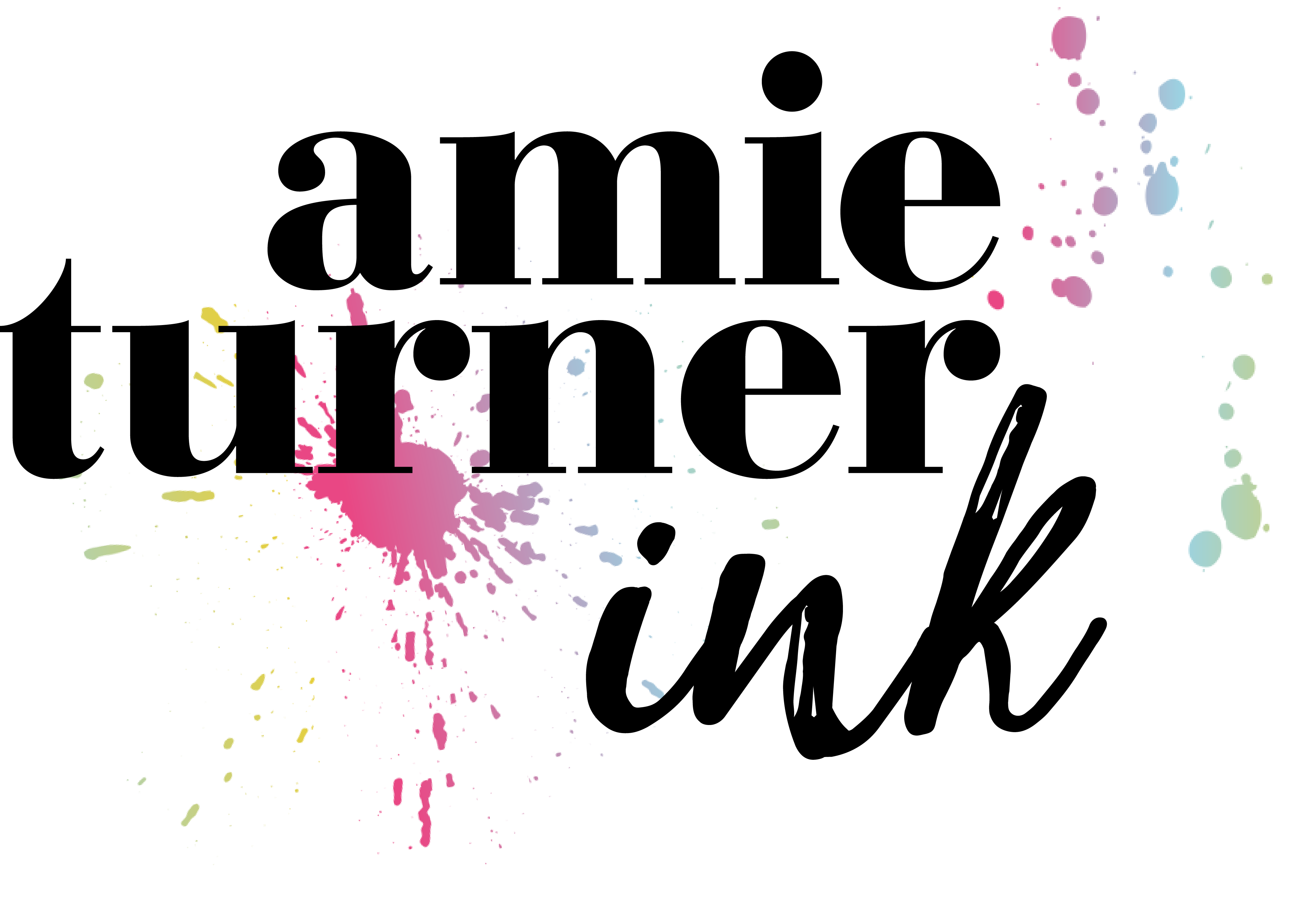How to speak your customer’s language

Have you ever had a conversation with someone who just seemed to get everything you were saying on another level?
Chances are they were mirroring you in their language, posture, or gestures – sort of like a game of Simon Says.
See, we’re programmed to like those who behave in a similar way to us, and the same goes for our writing.
Speaking in the way your customers think for two very good reasons:
- If your words sound like the ones they have used to describe their problem/situation, they’ll feel like you understand them on a deep level.
- They have to be able to understand what you’re writing before they’ll even think about acting on it (translation: too much jargon = bad).
Now that you know the “why”, let’s get into the “how” – follow these tips and you’ll be speaking fluent *ideal customer* in no time…
Think about what they want to hear
Let’s get one thing straight: search engines are pretty magical, but they’re not going to drop an unsuspecting internet user onto your website without good reason…
And that good reason usually boils down to an unfulfilled need.
Every visitor who lands on your website was searching for a way to fill a need, and they want your thing to be the perfect solution.
All you have to do to get them over the line is to understand what they want from your content – they arrive there for a reason, and as long as you can give them what they want, they’ll be much more likely to stick around.
Before you get bogged down in miniscule details and word-swaps, focus on building a solid content foundation out of solid credibility-boosting experience, impossible-to-ignore success stories, and visions of what their life could look like when they finally break up with whatever is dragging them down.
Use the right pronouns
Human beings are pretty self-interested, and your ideal customers are no different.
They might foster homeless children and raise sick puppies in their spare time, but make no mistake: they’re on your website because they want something better for themselves.
Whether they’re interested in growing their business, improving their relationships, building a stronger personal brand, or ridding their house of rodents, the bottom line is the same…
“You” is a magical word.
By using the word “you” in your copy, you’re telling every reader a story about the most important person in their lives (hint: themselves), and how that person can overcome the challenges they’re facing in the easiest, fastest way possible.
It’s like a superhero movie script, only better.
Keep it simple
Let me guess: you went into business because you realised that the knowledge and experience you’ve accumulated is worth some serious cash…
The thing is, this is both a blessing and a curse, because your ideal customer probably isn’t across the lingo in the same way you are.
If you get too technical with your copy, you’ll run the risk of scaring people off (because no one has the time to re-read the same complicated sentence six times) – so do your best to keep it simple.
Better still, write in the same way that you would talk to a friend. This way, you’ll sound warm, approachable, and totally trustworthy – and that beats “high-brow and confusing” any day.
Do your research
If you’re the type of person who likes to go rushing into new projects and figure things out along the way, this step might be a little tedious – but it’ll all be worthwhile when the time comes to measure your results.
The biggest mistake you can make in writing your copy is to assume that you know how your ideal customers think.
The good news? This is an easily solvable (and even completely avoidable) problem.
A quick Google search is the only thing standing between you and the other sources your ideal customers are reading and the language those sources use.
And if you still need more #inspo, user-generated content and forums are the perfect opportunities to glean some sneaky insights into your ideal customer’s language choices.
Test it out
You wouldn’t start a business without testing your idea for viability, right?
Right – so save yourself a lot of pain and stress by testing out your copy in places where you’ll get a quick reaction and can easily change things around.
Think social media posts, blogs, and emails. These hotspots are perfect opportunities to get feedback on your copy – whether you’re inundated with work requests or left to wade through the radio silence.
Whatever happens, pick yourself up, dust yourself off, and use the insights you learn from the testing process to tune up your copy for the next round.
Speaking your ideal customers’ language is the key to their hearts, their minds, and their wallets – but sometimes, it’s easier said than done. If you’re tired of trawling through the thesaurus for adjective alternatives, writing and rewriting blog entries, and stalking potential customers on social media, I can help!
Share the love!
WONDERING WHAT TO INCLUDE ON YOUR
SALES PAGE?
Download my sales page outline and follow the 10 simple steps to writing a standout sales page that sells.
By entering your info, you agree to receive emails and promos from me (Yay!). Per my Privacy Notice, your details are never shared (ew) and you can unsubscribe at any time (honestly, no hard feelings).



